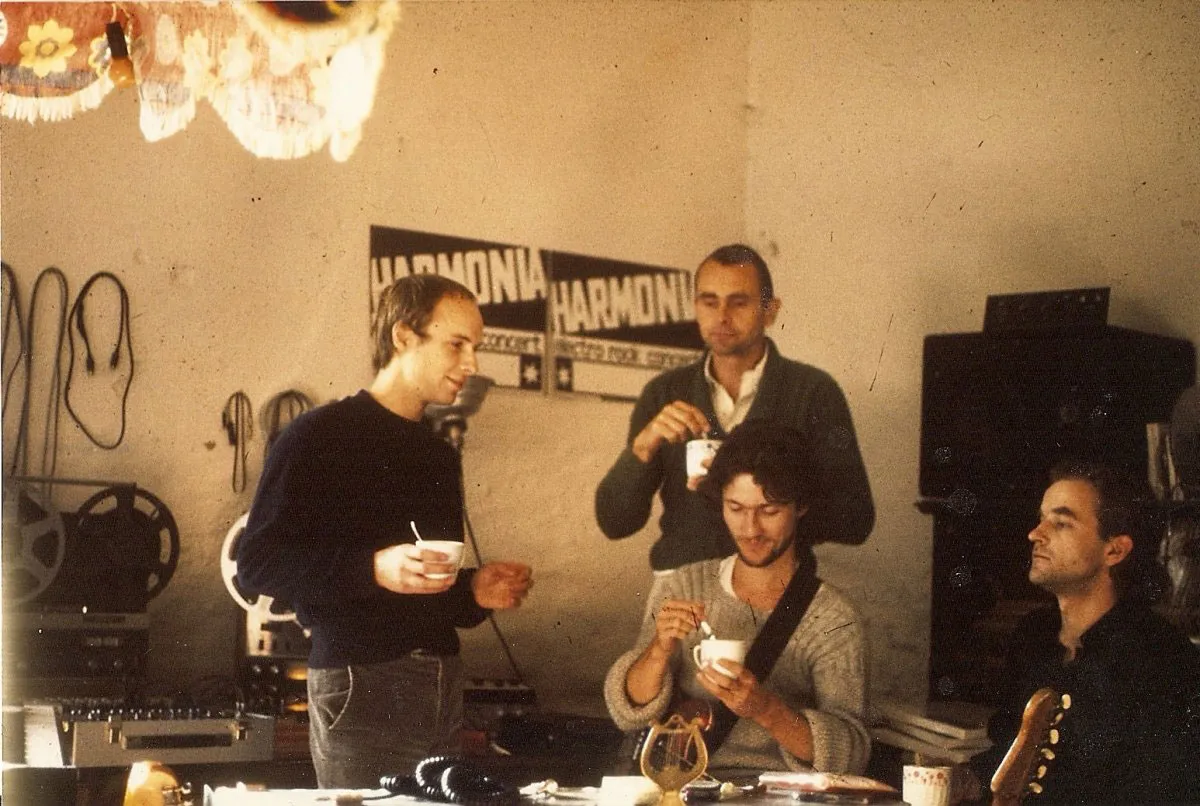Ambient music, characterized by its atmospheric and immersive qualities, emerged prominently in the 1970s with pioneers like Brian Eno. Eno’s seminal work, “Music for Airports,” introduced a genre that prioritized mood and tone over traditional musical structures. This innovation laid the foundation for ambient music’s evolution, influencing subsequent artists to explore soundscapes that evoke specific emotions and environments.
As technology advanced, ambient music expanded beyond its initial boundaries. The advent of digital synthesizers and computer-based production tools enabled artists to craft intricate textures and layers, leading to subgenres like dark ambient and ambient techno. These developments allowed for greater experimentation, with musicians incorporating field recordings and unconventional sounds to create immersive auditory experiences.
In the contemporary era, ambient music has found new life through digital platforms and streaming services. Artists now reach global audiences, and the genre’s versatility has led to its integration into various media, including film, video games, and wellness applications. The evolution of ambient music reflects a broader trend in the music industry: the fusion of technological innovation with artistic expression to create genres that transcend traditional classifications.





